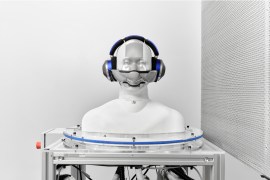6 things you need to know about the Range Rover Evoque
Invisible bonnets, magic mirrors and floating infotainment dials are just a few tricks up its stylish sleeve

It is safe to say that the original Range Rover Evoque transformed the fortunes of the British marque when it launched in 2011, with its Victoria Beckham stamp of approval and Stormtrooper styling proving popular with young, urban scenesters.
That’s why its designers have decided to stay true to the original format with version 2.0, gently blistering the wheel arches and borrowing the front end of the Range Rover Velar to modernise it a bit.
It’s larger inside, boot space has increased and a great deal of work has been done to refine it (it’s also quieter inside), but some of the real headlines come in the form of tech exclusive to next year’s SUV success story.
We got to sample some of the gizmos on offer while avoiding obstacles and embarrassing prangs in the gritty surrounds of some abandoned east London railway arches.
1) The rear-view mirror turns into a HD monitor

Reversing in the dark is a pain. Reversing in the dark with a large on the back seats is even worse. Thankfully, Range Rover’ ClearSight rear-view mirror catapults these problems into the past.
Simply flick a switch underneath the mirror and it activates a crystal clear LED display, which takes a feed from a rear-facing HDR camera mounted to the roof. It means that boxes or extra large heads in the back seat are rendered invisible and it provides a wider viewing point when performing tricky reversing tasks. Oh, and it works really well in the grimy light of an abandoned railway arch.
2) Say goodbye to bonnets
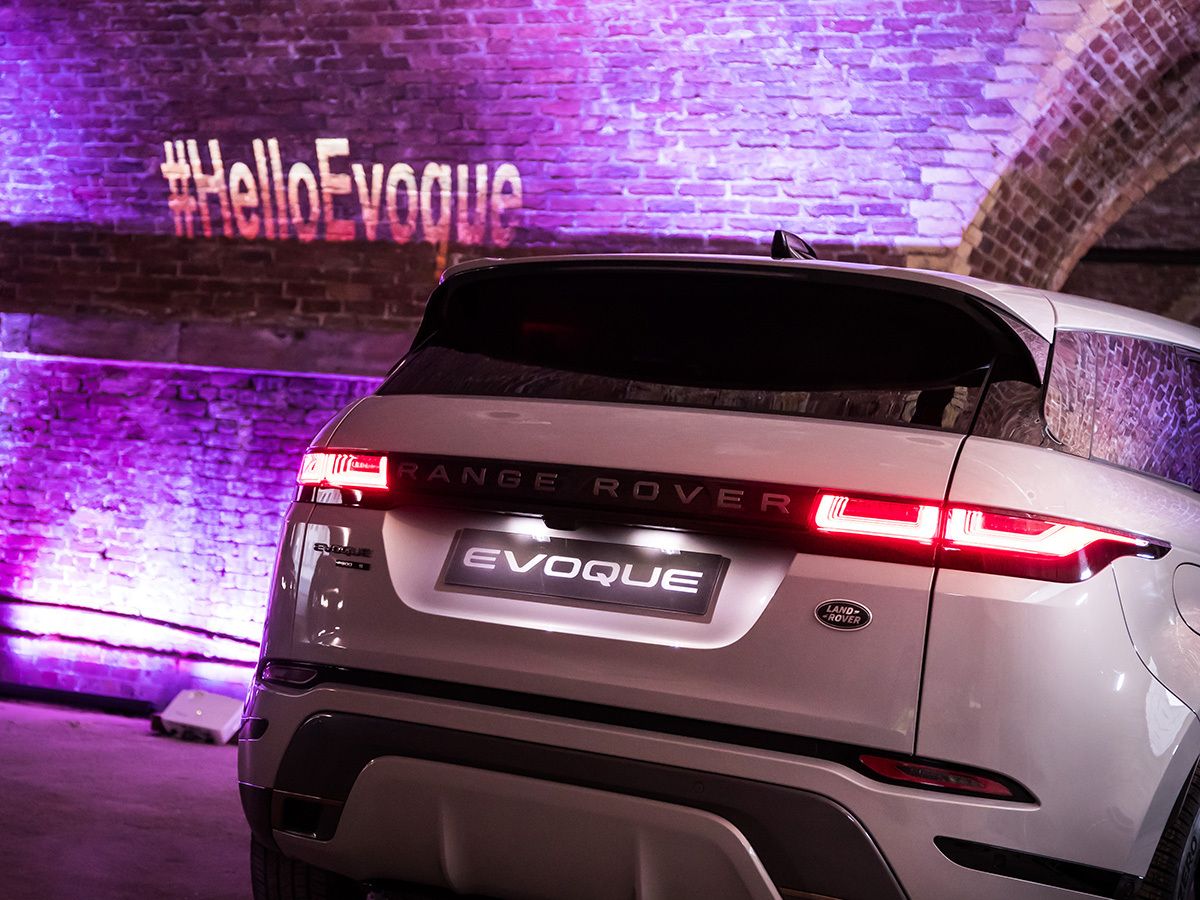
First discussed in a Land Rover Discovery concept vehicle back in 2014, the idea of "Transparent Bonnet" technology was to afford off-road enthusiasts a better view of the terrain below via some clever camera trickery.
The fruits of engineering labour are seen in the upcoming Evoque, where Ground View Technology does just that by taking a video feed from cameras placed in the door mirrors and front grille, and feeding it to the infotainment screen.
In essence, a front camera captures a static image of the ground ahead and ‘slides’ it underneath the car in a visual representation as it passes the terrain.
Perfect for avoiding rocks and tricky boulders, it also proved very handy when navigating raised kerbs and narrow spaces in the inner city assault course Land Rover had created.
3) The infotainment system is beautiful
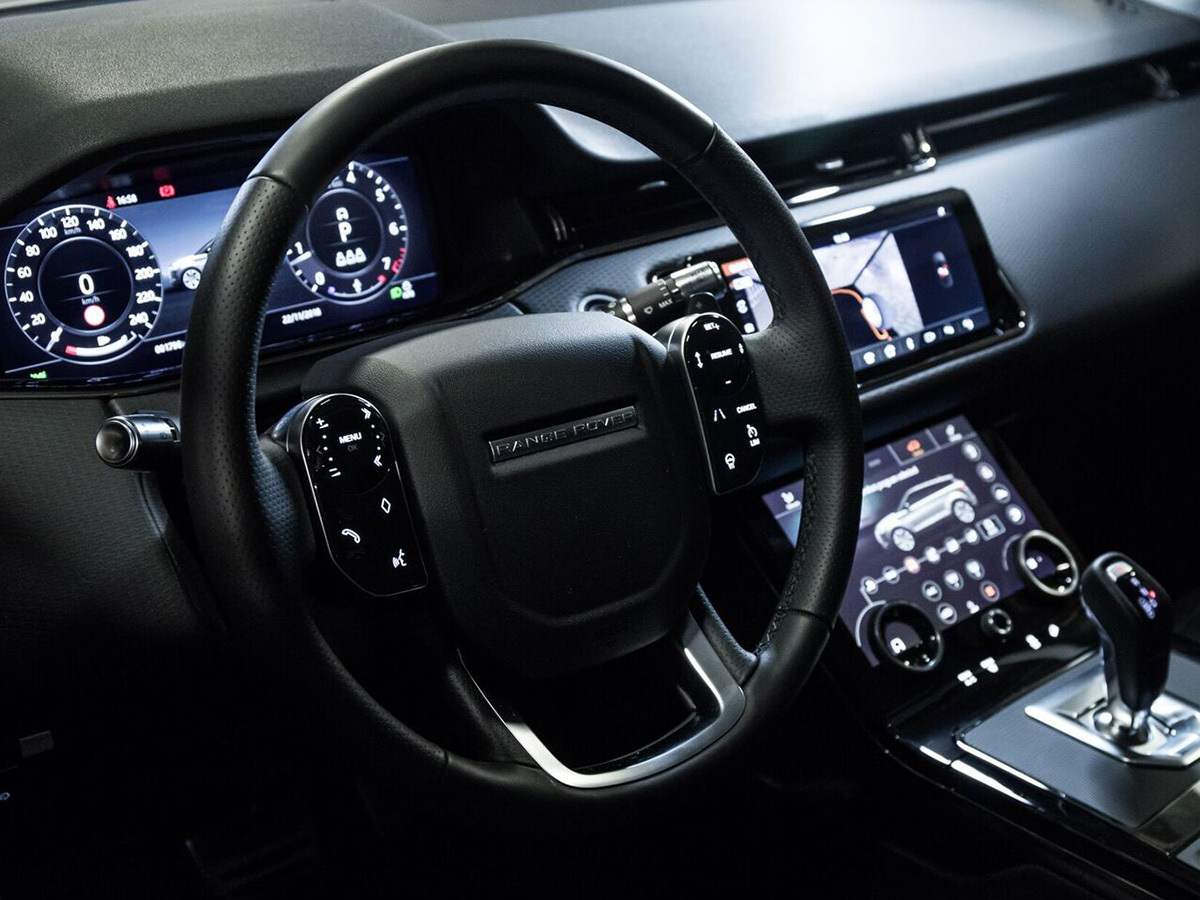
Ok, so Touch Screen Duo has already been seen on the Range Rover Velar and the hybrid P400e, while a version is also used in Jaguar’s I-Pace, but it’s still a marvel to behold.
Consisting of two touch screens, the lower portion is dedicated to controlling heating and vehicle settings, while the ‘floating’ dials cleverly flick between read-outs in the centre ring depending on the menu.
The top half of the screen looks after maps, entertainment and connected services. It’s also quicker to respond than ever, thanks to boosted processing power.
4) It’s a plug-in baby
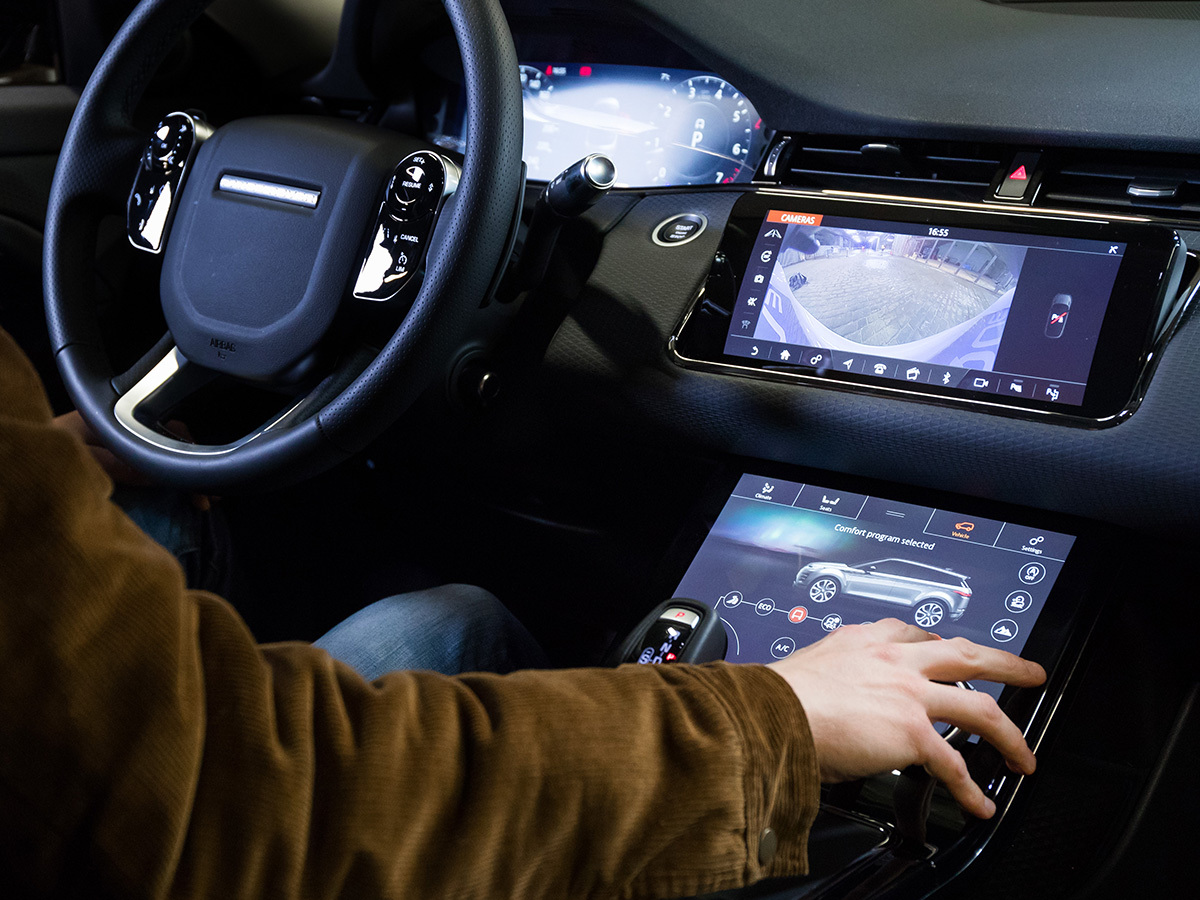
In a bid to reduce the amount of CO2 parped into the atmosphere, the upcoming Evoque will be offered in a 48V ‘mild hybrid’ version that sees the petrol or diesel engine assisted by a small electric motor.
By harvesting the energy lost under braking and during deceleration, the car cleverly turns that energy into electricity that’s stored in a small under-floor battery for use later.
A full plug-in variant is set to launched later in the year, which will allow for greater all-electric motoring around town and the ability to plug-in and recharge when on the move.
5) It’s a proper off-road weapon
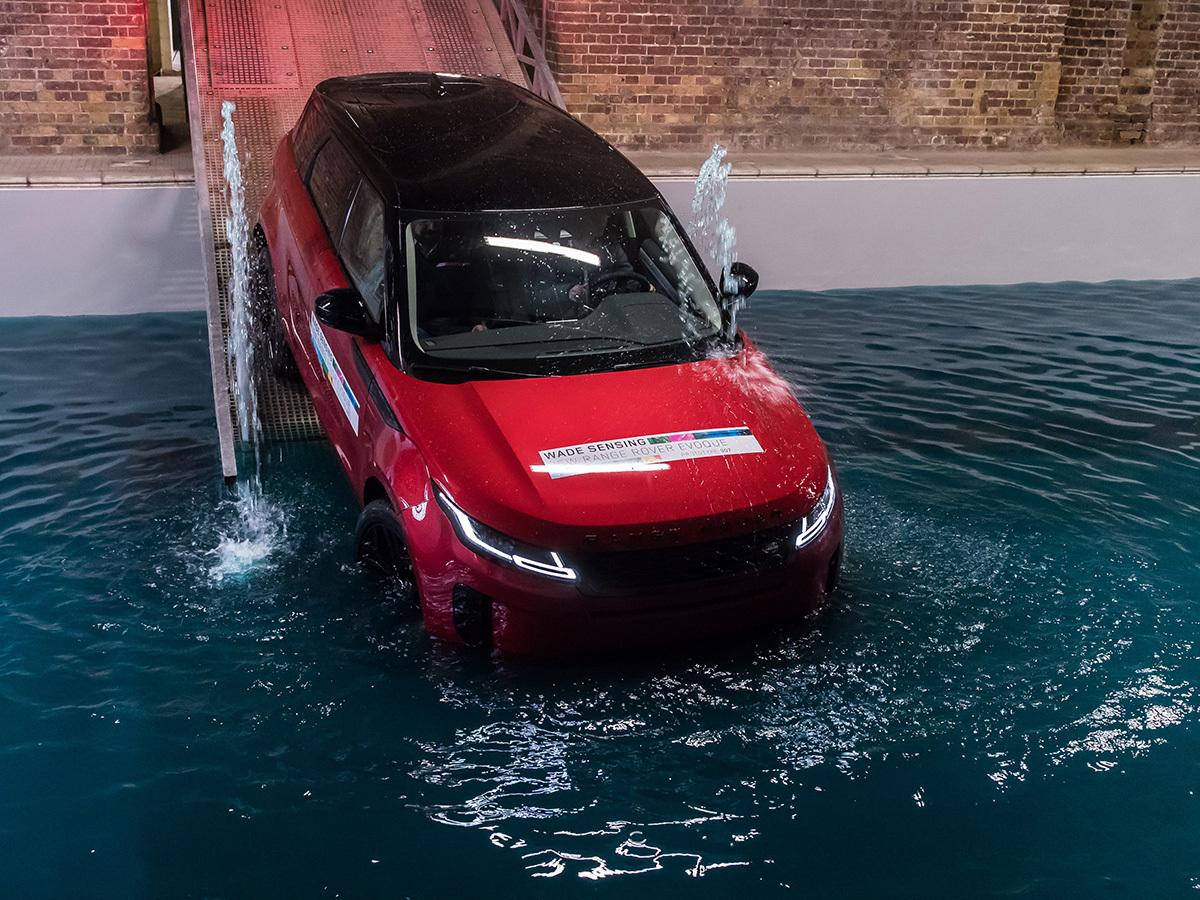
Not only has the wading depth been increased from 500mm to 600mm, but Range Rover has also seen fit to kit out its smallest SUV with full fat off-road technology.
Terrain Response 2, which is typically found on full-size Range Rover, automatically detects the surface being driven on and adjusts the set-up accordingly.
Power and torque can be swiftly pumped to the wheel with less traction, while the user can manually select various driving modes (snow, mud, sand etc.) should the mood to venture off the beaten path take.
6) It has a brain
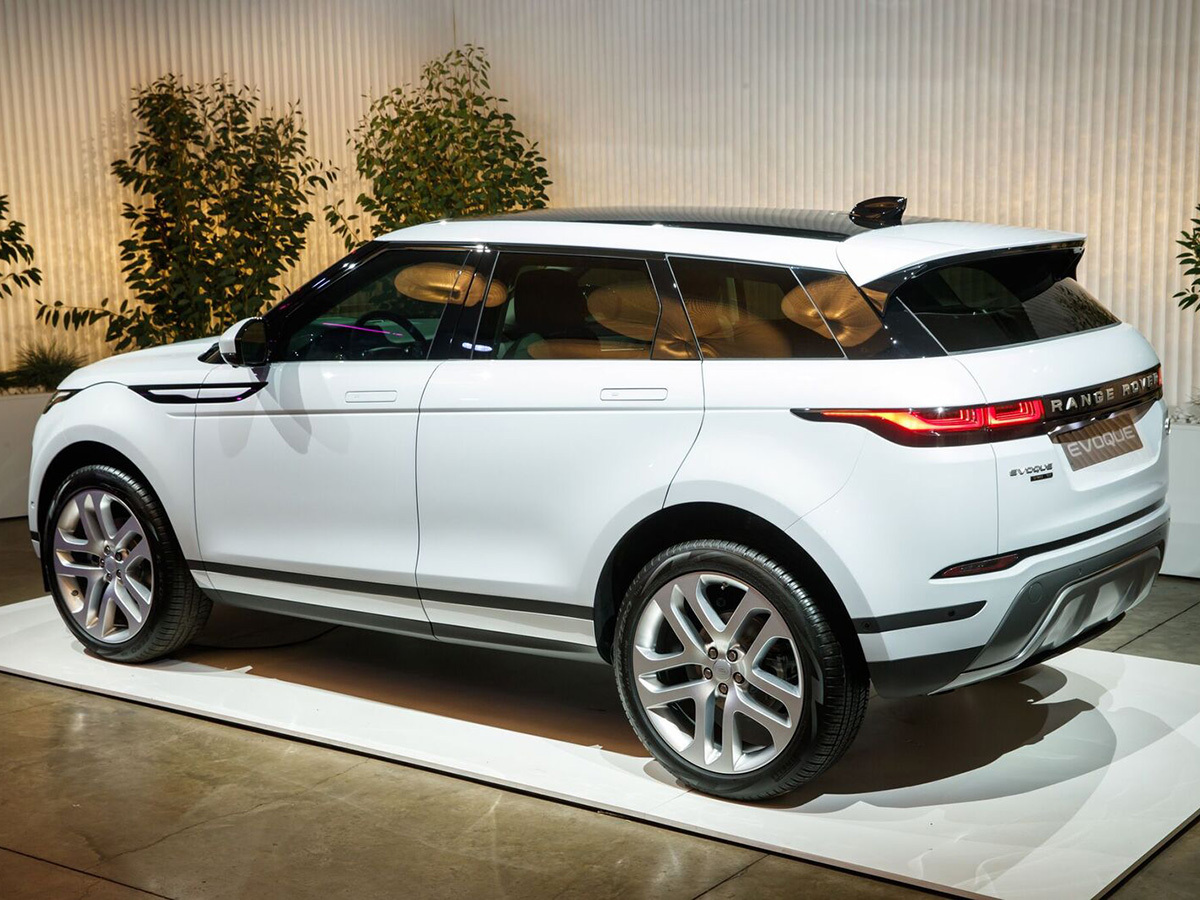
Well, it doesn’t exactly boast a pink mass of gelatinous flesh underneath the bonnet (phew) but it does use AI algorithms to learn the driver’s preferences and set the vehicle up accordingly.
Seat positioning, favourite radio stations and climate settings are tailored to the individual user. It can even work out if you like listening to a certain playlist on the journey home and have it ready to rock.



